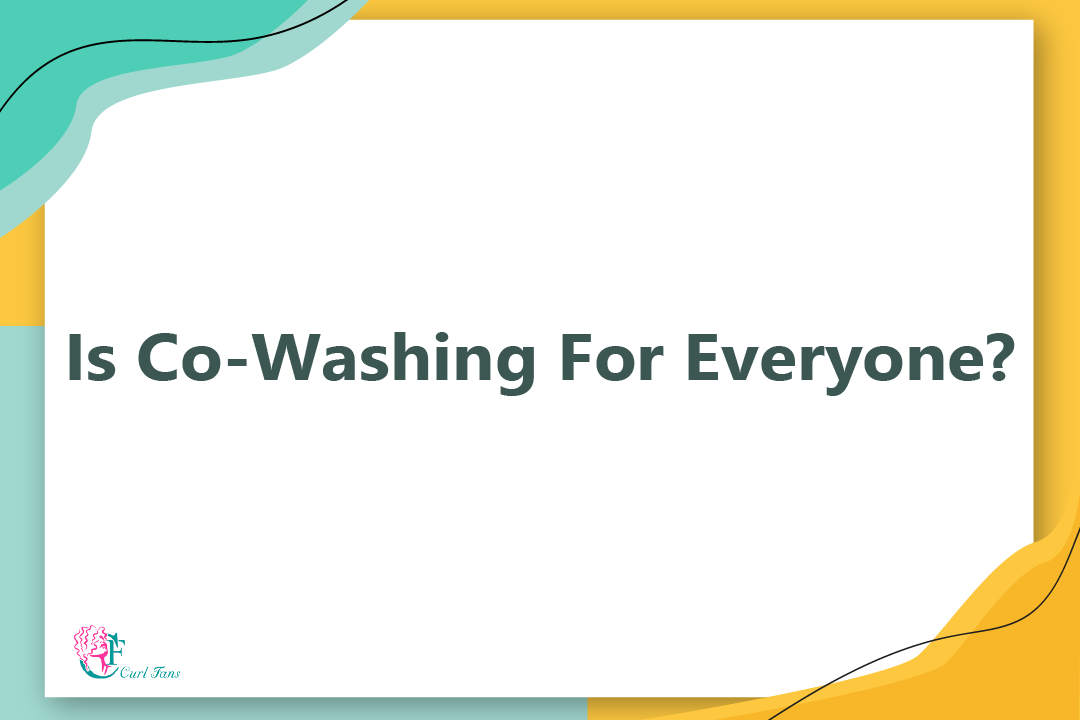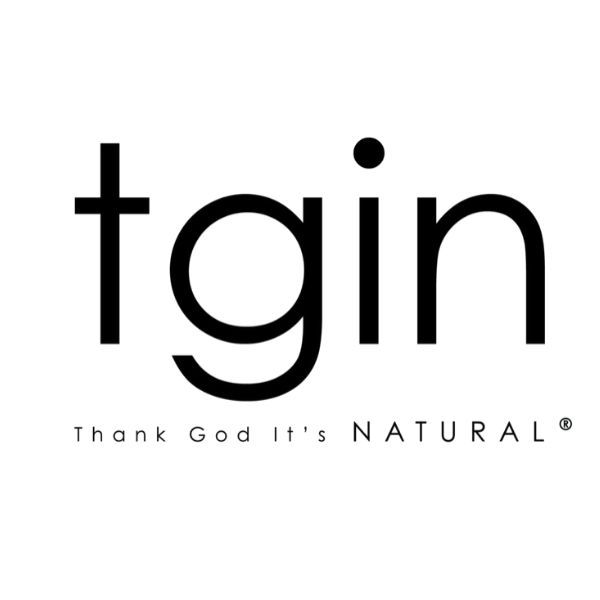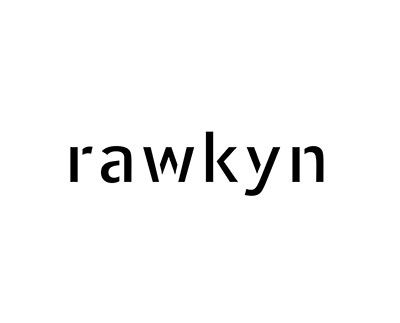Co-washing is also known as cleansing conditioning or no-shampoo washing. Co-washing involves cleansing your hair with conditioner instead of shampoo. In co-washing, a conditioner is used as a cleansing conditioner, which is also known as “co-wash”. Due to the practice’s popularity, product manufacturers began providing co-washes and cleansing conditioners as products to replace the traditional conditioner when co-washing. Some curly girls solely rely on co-washing, while some switch between co-washing and shampooing. While co-washing has many pros, such as making your curls easier to style, adding more moisture, giving you shine, and taming frizz, sometimes co-washing can cause unexpected and negative outcomes. Listed below are some signs that your cleansing conditioner or co-wash isn’t working correctly and how to address them. These common problems with co-washing are vital for you to be aware of if you doubt continuing this method.
Product Buildup
With co-washing, this is the biggest concern. Your hair may have a lot of product buildup if you only co-wash it. The presence of white residue is an indication of product buildup. Also, it means that your co-wash or cleansing conditioner is not capable of removing the products on your scalp. In order to remove the product buildup, you will probably need to use shampoo and clarify your hair. The process of clarifying your hair can be beneficial if you do it correctly. If you want to remove product buildup properly, you need to clarify your hair occasionally or when necessary.
Itchy Scalp
If you tend to have a very sensitive scalp, strictly co-washing may become difficult. If there is still product buildup left in your hair after you wash, it may begin to irritate your scalp. You may need to clarify your hair if your scalp does not respond well to co-washing. By using tea tree oil, you will be able to prevent irritation from occurring. As a result, it promotes a healthy scalp environment by removing dirt from the scalp.
Dry Hair
This is likely an indication of product buildup on your strands due to a lack of response to your moisturizing products. Over time, your hair will become drier as a result of product buildup – in addition, more buildup reduces the amount of moisture that actually reaches your curls. Try a clarifying shampoo, or apple cider vinegar rinse if your tried and true regimen starts to fail.
Oily Roots
Curly girls who co-wash often experience excessive oiliness in their hair and roots. If you co-wash regularly, your hair and scalp may take some time to adjust to strictly co-washing. Observe your scalp as your hair gets used to co-washing to see if there are any changes. It may not be the best route for you to only co-wash if your hair isn’t getting better. See if the oiliness improves over time by switching between co-washing bi-weekly and using a sulfate-free shampoo.
Over Moisturizing
Moisture is essential for curls, but too much moisture is bad for them. You can over-moisturize your hair if you co-wash too much and do not let it dry between washes. You may need to balance your hair with a protein-deep conditioner if it seems mushy and limp. When it comes to moisture-protein balance, which is crucial to maintaining healthy hair, veterans in the natural hair game tend to focus on boosting moisture levels as one of the steps to promote hair growth. You may experience this problem when you use too much protein, and your hair becomes hard. As a means of recalibration, we begin avoiding protein, increasing our hair’s moisture intake to an unhealthy level.
Keeping your curls moisturized is essential, but too much moisture can damage them. It also indicates that the protein-moisture balance has been compromised if it keeps stretching without breaking.
Although co-washing isn’t a bad thing, do not do it all the time. Strictly co-washing may not completely cleanse your hair, so you should manage to wash with shampoo more often than co-washing, depending on which can work better for your curls. You must pay attention to your hair and remove product buildup. Note that seeing other curly girls swear by a certain routine or product does not mean it will work for you like it did for them.
Frequently Asked Questions About Co-Washing:
Getting through cleaning is easier if you work in sections. It should take you about three to five minutes to complete this step. Keep in mind that you shouldn’t rush this step, as you need to let the cowash sit on your hair for long enough for it to really work.
In co-washes, moisturizing ingredients condition the hair while gently cleansing it. In addition to saving time, co-washing doesn’t usually require rinsing out a conditioner afterward.
It’s common for women not to rinse out all of their conditioners to keep it hydrated throughout the day, but if this isn’t for you, be sure to rinse your hair thoroughly after co-washing. Otherwise, you may end up with buildup.
Do this two to three times a week. Depending on your curl type, you can go longer without co-washing, or you can co-wash every day. If you have dehydrated curls, we suggest more co-washing than usuall.
First detangle your hair, then completely saturate and wet your curls. Apply Moisturizing Cowash as if you’re applying a shampoo or conditioner. Use a generous amount of co-wash and massage the co-wash onto wet hair and scalp. Then, rinse out your curls completely.
Pre-pooing can help the hair to retain some moisture that could be lost because of the sulfates used in shampoos. If you decided to pre-poo before co-washing that should be ok, just be note that that you will need to rinse with warm water because your hair may become oily from the prepoo.
Co-washing is a perfect method for some curlies to maintain their general curl health while it may case damage to other curl types and this can be considered by trial and error with high-quality products and realizing the curl condition changes during the testing process. For this matter, we suggest using high-quality natural co-washing products such as Curlsmith Curl Quenching Conditioning Wash, Alikay Naturals Cowash Me Cleansing Conditioner & INAHSI Tropical Escape CoWash to minimize the risk from the product side in order to focus more on your curl condition and its different reactions in your routine.
Curlsmith Curl Quenching Conditioning Wash
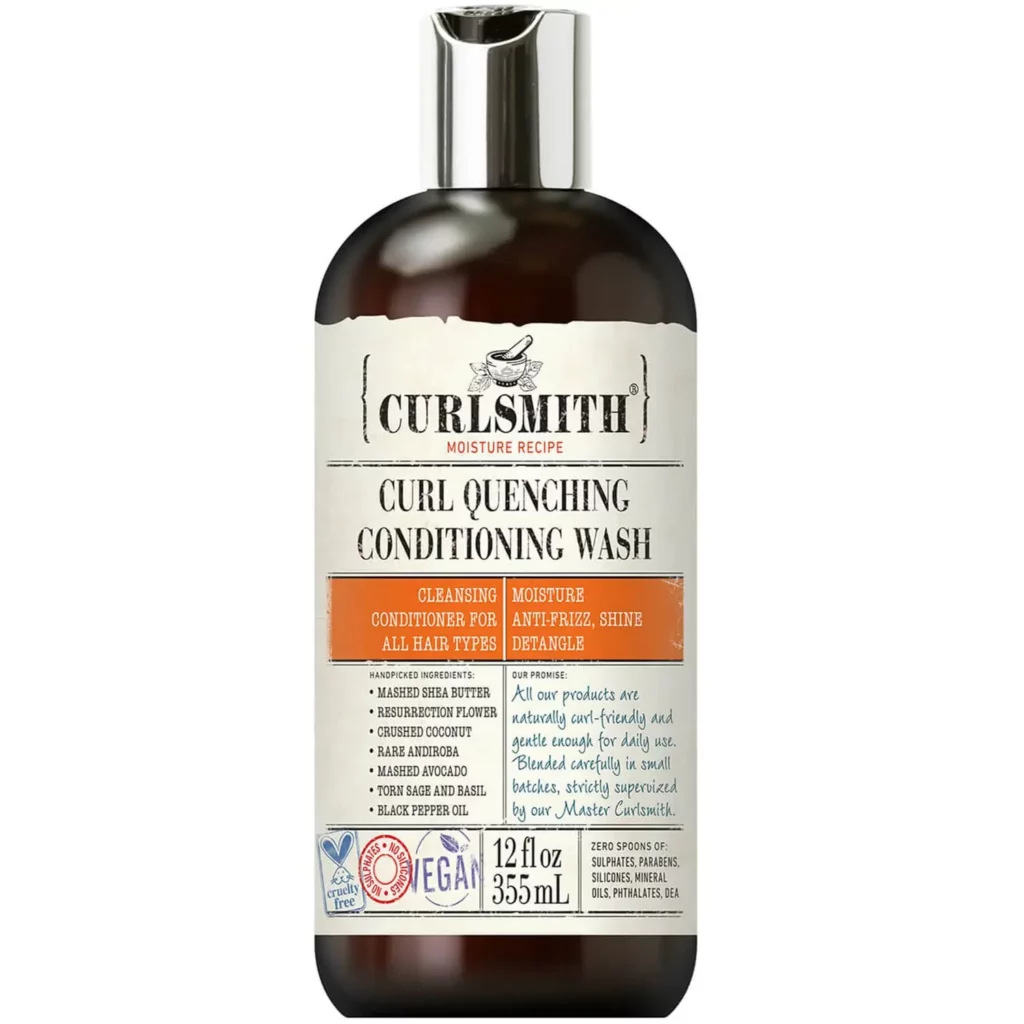
Alikay Naturals Cowash Me Cleansing Conditioner
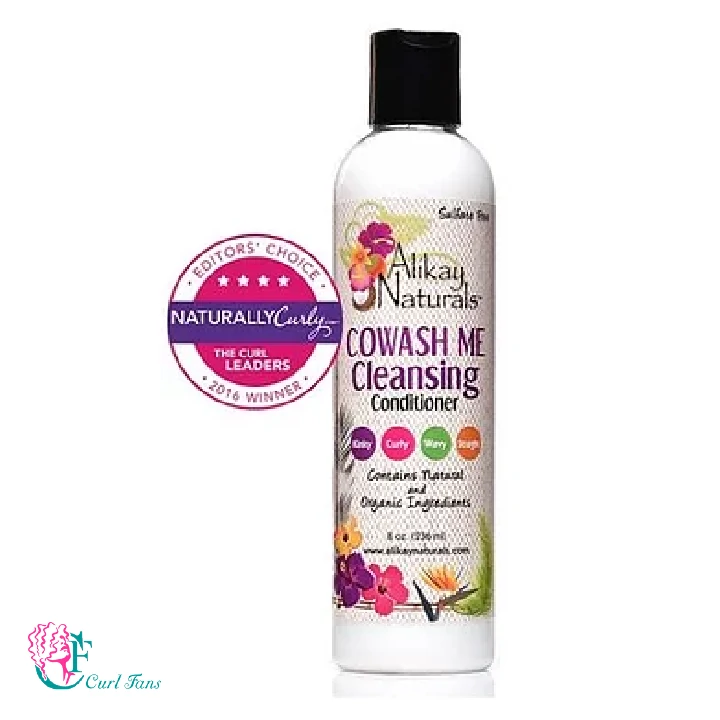
INAHSI Tropical Escape CoWash


